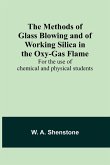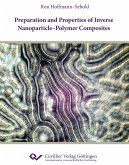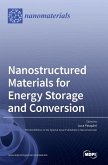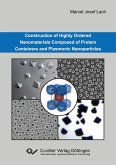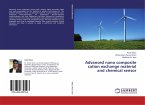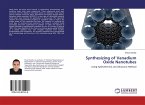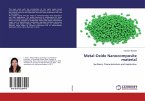The objective of this study is to determine how the interaction between the polymer, PEO, and silica nanoparticle (SiO2) affect the properties of PEO by decreasing it crystallinity and its glass transition temperature. It is necessary to increase the content (fraction) of the amorphous phase in the PEO matrix in order to increase its conductivity for its use as a solid electrolyte. However, in the most recent work, the addition of the fillers could not convert the crystalline phase into an amorphous phase completely and most likely this was because of the agglomeration of the nanopraticles. A variety of methods can be used to guarantee a homogeneous dispersion of the nanoparticles. In this thesis nanocomposite materials were prepared using blending method and a goal of understanding the interaction between the nanoparticle and the polymer matrix. Good interaction between the two components should result in good dispersion and thus the amorphous content of the polymer should be increased in the matrix.
Hinweis: Dieser Artikel kann nur an eine deutsche Lieferadresse ausgeliefert werden.
Hinweis: Dieser Artikel kann nur an eine deutsche Lieferadresse ausgeliefert werden.


